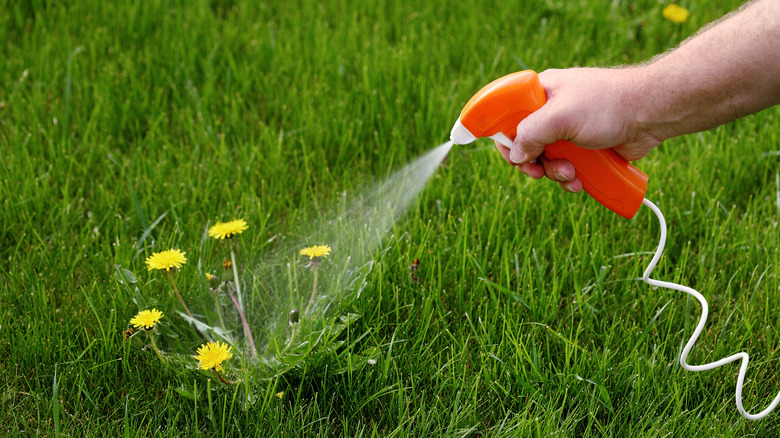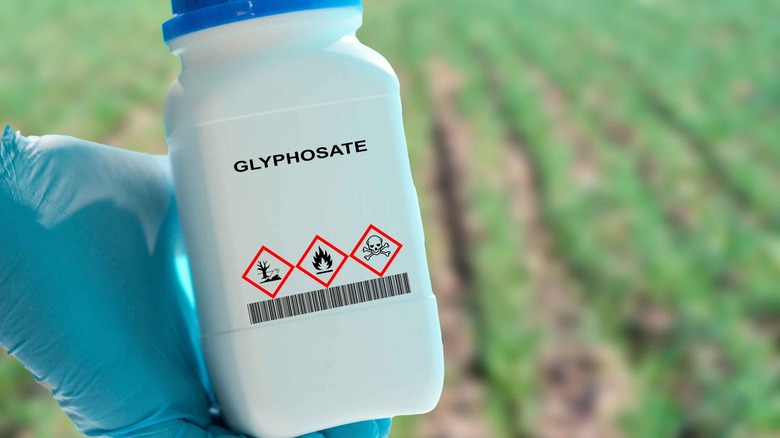If you’re battling weeds on your lawn, using a weed killer is arguably the best strategy to reclaim your green space. According to Michigan State University, weed killers come in various types and are broadly categorized into pre-emergent and post-emergent. Pre-emergent weed killers are formulated to create a barrier that prevents weed seeds from germinating. They don’t work on existing weeds, but they’re excellent at stopping new ones in their tracks. Typically, these herbicides last between one and eight months. The duration depends on the product and environmental conditions. You might find that standard products last up to four months, aligning with growing seasons. However, if you’re looking for longer protection, the professional-grade options can extend effectiveness up to eight months, especially when applied correctly.
In contrast, post-emergent weed killers target weeds that have already sprouted. The duration of their effectiveness can vary significantly, influenced by the specific product used and prevailing environmental conditions. Generally, these herbicides act swiftly, eliminating visible weeds within days of application. However, unlike pre-emergent types, their residual effect is shorter, and experts advise reapplying every four to six weeks. Most post-emergent weed killers provide immediate, but not prolonged, relief. This means they are excellent for quick weed eradication, but may require reapplication for ongoing weed management, especially during active growing seasons or in conditions favorable to weeds.
Pre-emergent herbicides: timing and application

When you’re dealing with pre-emergent herbicides, it’s all about getting the timing and application just right. North Carolina State University has some solid advice on this: Mix your chosen product into the soil through either rainfall or manual irrigation. This approach ensures that the herbicide spreads evenly across your lawn, setting up a formidable defense against those pesky weed seeds. But here’s the catch: These herbicides are only effective before the seeds start their growth journey. So, your window for action is right before germination kicks in. After applying, you need to monitor the effectiveness of the herbicide. Try to reapply the product before its strength dwindles below the level required to keep the weeds at bay.
When applying pre-emergent herbicides, there are several key considerations. First and foremost, adhere strictly to the manufacturer’s instructions. This guidance is not just regulatory — it’s your blueprint for effective application. Choose a product that targets the specific weeds you’re combating. You’ve got some noteworthy options. The university rates oryzalin as a top choice, especially for woody plants. Prodiamine is another heavy hitter, but it might be too strong on herbaceous plants. If crabgrass is your nemesis, dithiopyr offers both pre-emergent control and early post-emergent action.
Post-emergent herbicides: application and aftercare

Just like with pre-emergent herbicides, post-emergent types require a bit of know-how and timing when getting rid of weeds. The University of California suggests using these herbicides when your lawn is actively growing. This is when the weeds are most vulnerable, and the herbicide can do its best work. After treating your lawn, the university advises against watering the treated area for 48 hours. This pause helps the herbicide reach its full potency by ensuring that the weeds fully absorb it. Further advice is given to not disturb the treated area for about a week post-application. This includes avoiding mowing and heavy foot traffic.
To ensure the job is done effectively, opt for tried-and-tested products. Common post-emergent herbicides include glyphosate, widely used for its broad-spectrum, non-selective weed control, and 2,4-D, which targets broadleaf weeds in lawns without harming the grass. Though this product ranks quite highly, it’s important to be aware of its high toxicity levels. Dicamba is another popular choice, often used in combination with other herbicides for its effectiveness against a variety of broadleaf weeds. Quinclorac is renowned for its efficacy against crabgrass, a common nuisance on lawns. Each of these herbicides offers specific benefits for post-emergent weed control.



